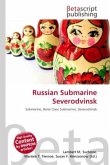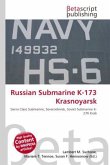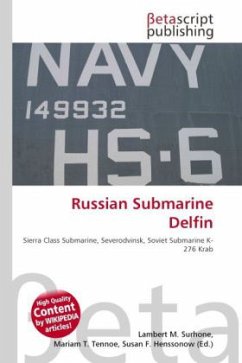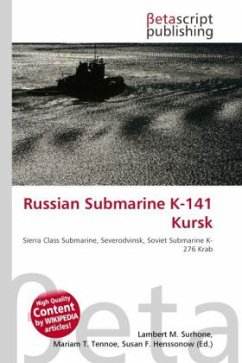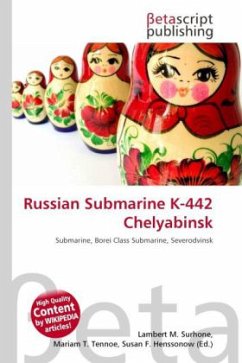High Quality Content by WIKIPEDIA articles! In the 1950s a 5-element system (GOST 5461-59, later 13393-76) was adopted in the (then) Soviet Union for designating receiver vacuum tubes. The 1st element (from left to right) is (for receiving tubes) a number specifying filament voltage in volts (rounded off to the nearest whole number), or (for cathode-ray tubes) the screen diagonal or diameter in cm (rounded-off to the nearest whole number). The new designation convention was applied retrospectively to many of the previously-produced types as well as to those produced afterwards. For example, a Soviet-produced copy of the 6L6 was originally manufactured in the 1940s under its American designation (in Latin lettering), or sometimes a Cyrillic transcription of it, 6 6. Under the above convention the tube was redesignated 6P3S (Russian: 6 3 ). The 6V6 tube became 6P6S (Russian: 6 6 ). However, many specialised Russian tubes, such as special military or transmitter tubes, do not followthe above convention.
Bitte wählen Sie Ihr Anliegen aus.
Rechnungen
Retourenschein anfordern
Bestellstatus
Storno


